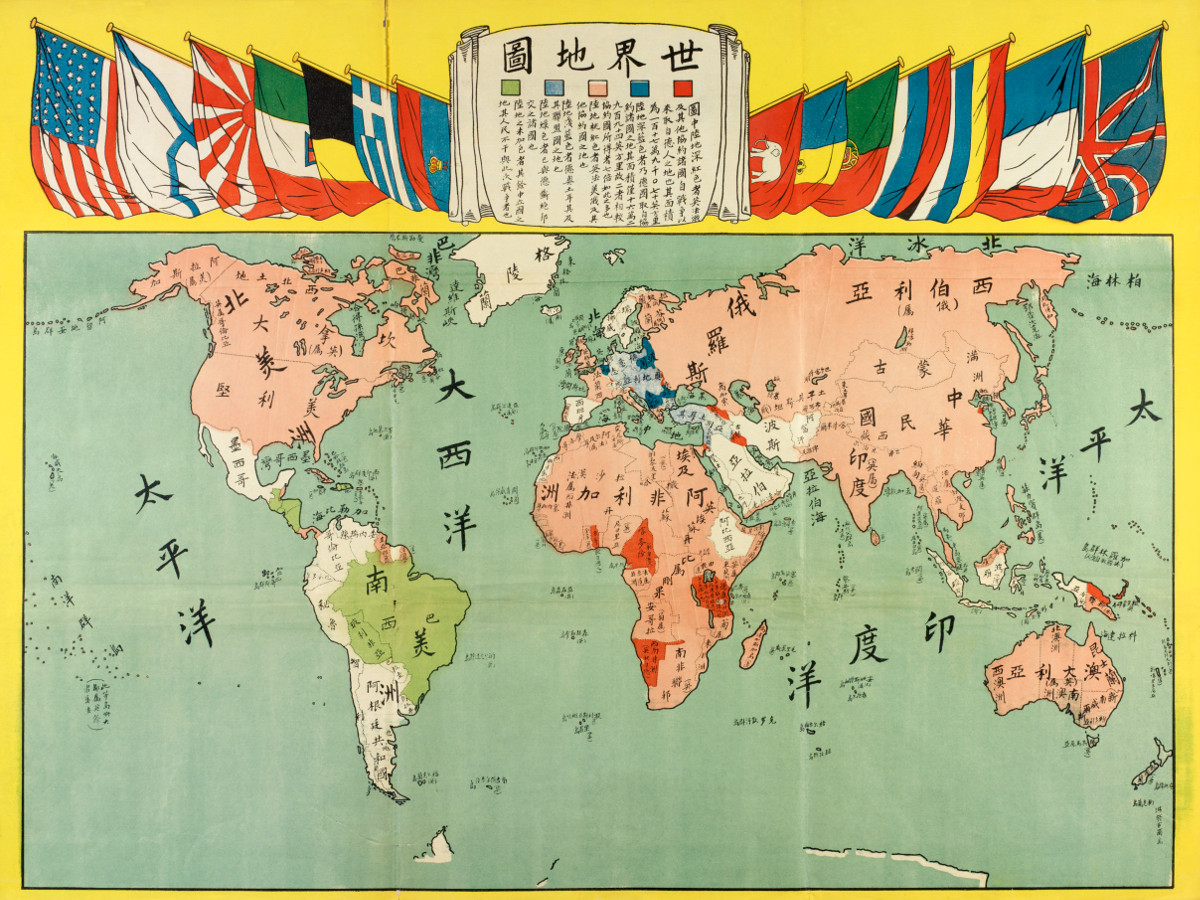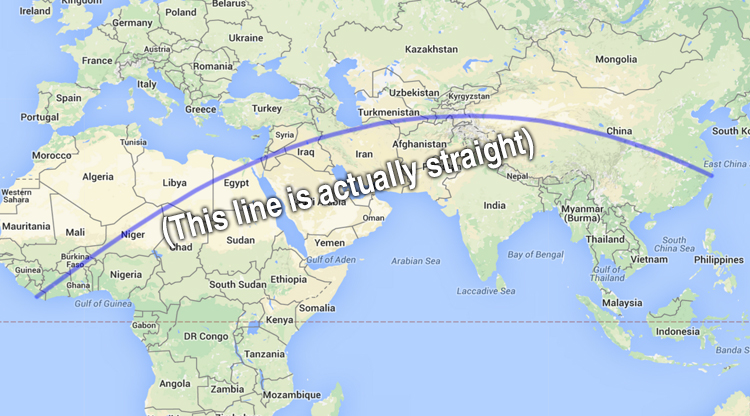Exactly one hundred years ago today, Austria-Hungary declared war on Serbia after the former refused to a set of demands made in response to Archduke Franz Ferdinand's assasination in Sarajevo one month earlier. Within days, a web of alliances dragged each of the great powers into war that set nearly the entire world on fire.
These events are probably drearily familiar from history lessons long past, but what remains less known to the wider world is China's contribution to the war effort in Europe. Although no Chinese soldiers fought in Europe, close to 200,000 Chinese laborers were sent as replacements for soldiers not only along the Western Front but also in Mesopotamia and Russia.
As many as 30,000 members of the Chinese Labour Corps (CLC) died during the Great War, victims of shelling, landmines, poor treatment and the worldwide Spanish Flu epidemic. The men were treated like cattle as they made their way to Battlefield Europe. The first ship full of laborers was sunk by a German sub near Malta, killing 600 workers, so in order to avert a similar strike they were henceforth shipped across the Pacific and then herded into trains that traversed Canada before they finally sailing across the Atlantic. As they passed through Canada the government was determined to keep their presence a secret: even the trains windows were boarded up to prevent citizens noticing them.
The Chinese republic, born only a few years earlier in 1912, at first declared its neutrality but lobbied London to let them join on the side of the allies. China could retake the Germany colony of Qingdao, seized in 1898, and offer 50,00 to the allied cause. Whitehall, however, was not interested: they didn't want China to gain any leverage that could jeopardize British economic interests in China or presence in Hong Kong. A China with a seat at the victors' negotiating table was a threat to the establishment of Britain-in-China. The allies soon became desperate for manpower, however, and relented after a year: but instead of troops they would only accept manual laborers who could dig up the trenches and free up more European men for frontline combat.
The laborers were drawn from the northern province of Shandong since the men there had long earned a reputation as tougher and rougher than their souther cousins, and Britain also happened to have a colony then at Weihaiwei (now Weihai). Weihaiwei was leased to Britain in 1898 as a check on the Russians in Port Arthur (Lvshun). When Japan took Port Arthur in 1905, the lease was extended for as long as Japan remained across the Gulf of Zhili. "Way High" was the UK's only official colony in the Chinese mainland, and when it was returned to Chinese sovereignty in 1930 it became China's first ever Special Administrative Region.
As Russia withdrew from the war following the Bolshevik revolution, China (and America) abandoned neutrality and jumped into the fray, officially declaring war on Germany and Austria-Hungary in 1917. The Chinese contribution to the war effort would now include on-the-ground fighting as well, with Chinese soldiers seeing action not in Europe but closer to home.
As a part of the punitive Siberian Intervention, China supplied troops to support White Russian forces against the Red Army. The reclamation of Outer Mongolia and the invasion of Vladivostock were the largest Chinese military operations outside its administrative borders until the Second World War.
The legacy of the CLC as well as the Siberian Intervention have been largely forgotten today, both in China and abroad. After Germany's colonial possessions in the country were ceded to Japan rather than returned to China, thus giving birth to the May Fourth Movement in Beijing, both the national war effort and the government that orchestrated it were written off as worse than useless. Then, when the People's Republic was founded in 1949 with "alliance with Russia" declared one of New China's New Three Principles of the People, how could the lives lost fighting shoulder-to-shoulder with Japanese against the Soviets possibly be recognized?
Nonetheless, the story of China in the Great War has been making a creeping comeback, first in academic circles and gradually amongst the public consciousness as well. Despite the poor treatment and discrimination they faced in their duties, CLC men were classified as war casualties and buried along with the men-at-arms at Commonwealth War Graves, their names etched in Portland stone just as a soldier's. The Chinese graves in French and Belgian war cemeteries are increasingly becoming tourist destination for Chinese groups on grand tours through the continent.





















0 User Comments